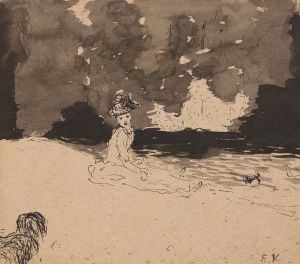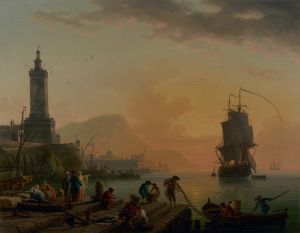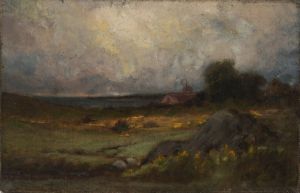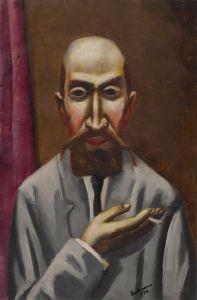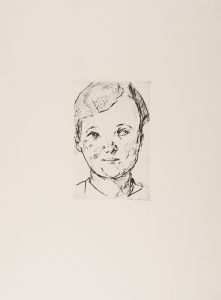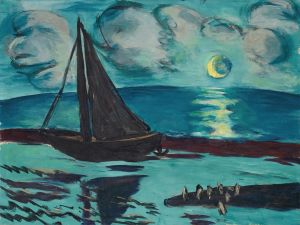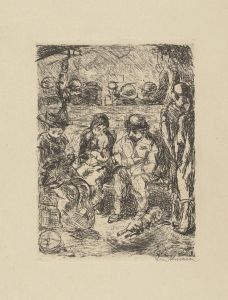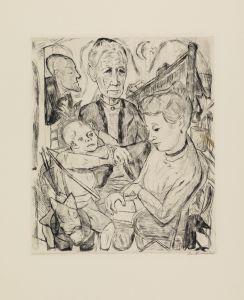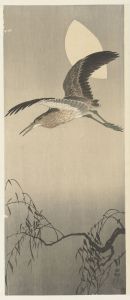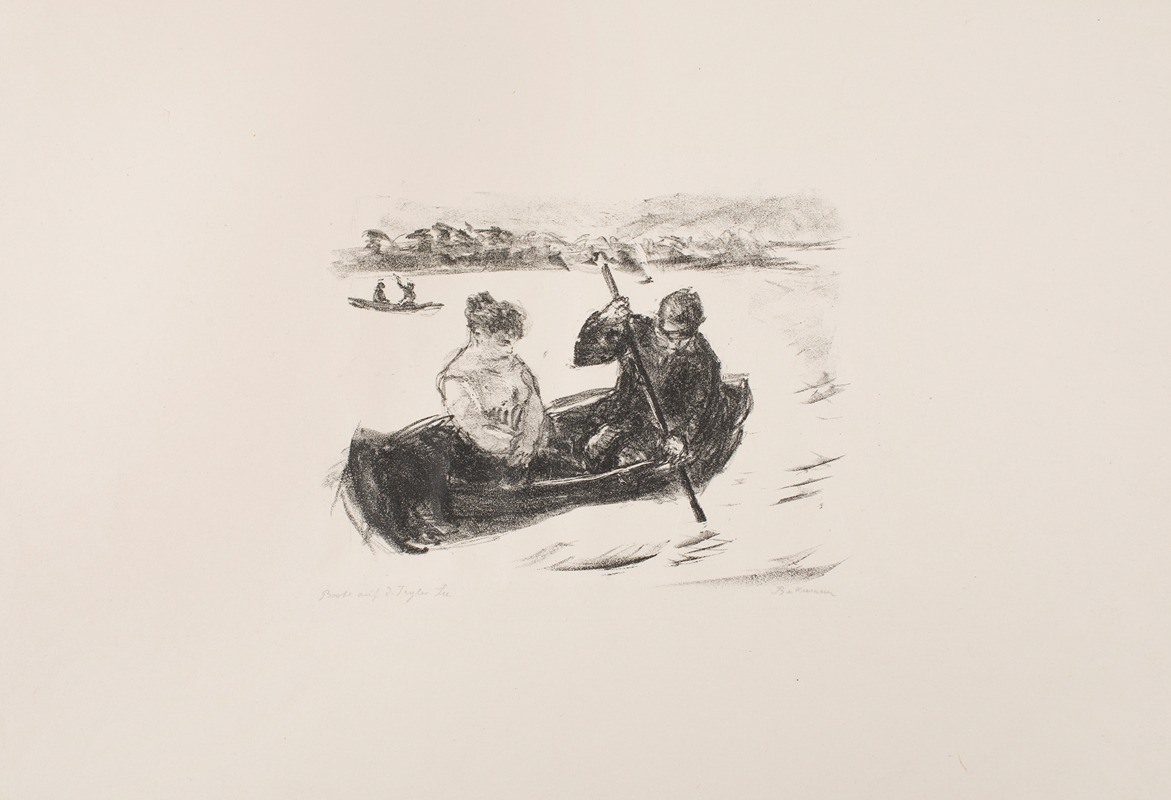
Boats on Lake Tegel
A hand-painted replica of Max Beckmann’s masterpiece Boats on Lake Tegel, meticulously crafted by professional artists to capture the true essence of the original. Each piece is created with museum-quality canvas and rare mineral pigments, carefully painted by experienced artists with delicate brushstrokes and rich, layered colors to perfectly recreate the texture of the original artwork. Unlike machine-printed reproductions, this hand-painted version brings the painting to life, infused with the artist’s emotions and skill in every stroke. Whether for personal collection or home decoration, it instantly elevates the artistic atmosphere of any space.
Max Beckmann's "Boats on Lake Tegel" is a notable work by the German painter, who is widely recognized for his contributions to the Expressionist movement and later developments in modern art. Beckmann, born in 1884 in Leipzig, Germany, is known for his unique style that combines elements of Expressionism, New Objectivity, and a personal interpretation of reality. His works often reflect the tumultuous socio-political landscape of early 20th-century Europe.
"Boats on Lake Tegel" was painted in 1937, a period marked by significant personal and political upheaval for Beckmann. During this time, the Nazi regime in Germany had labeled his work as "degenerate art," leading to his dismissal from his teaching position at the Städelschule in Frankfurt. This forced Beckmann to leave Germany, and he eventually settled in Amsterdam. Despite these challenges, Beckmann continued to produce art that was introspective and reflective of his experiences.
The painting depicts a serene scene on Lake Tegel, a popular recreational area in Berlin. This location is known for its natural beauty and is a favored spot for boating and leisure activities. Beckmann's portrayal of the lake captures the tranquility and stillness of the water, juxtaposed with the dynamic presence of boats. His use of bold colors and strong lines is characteristic of his style, conveying both the physical reality of the scene and an underlying emotional depth.
In "Boats on Lake Tegel," Beckmann employs a composition that draws the viewer's eye across the canvas, inviting them to explore the interaction between the boats and the water. The painting's structure reflects Beckmann's interest in the interplay of form and space, a recurring theme in his work. The boats, rendered with a sense of solidity and weight, contrast with the fluidity of the water, creating a tension that is both visual and thematic.
Beckmann's choice of subject matter in this painting can be seen as a reflection of his longing for peace and stability during a time of personal exile and uncertainty. The calmness of the lake and the leisurely activity of boating stand in stark contrast to the chaos and turmoil of the world outside. This duality is a hallmark of Beckmann's work, where surface appearances often belie deeper meanings.
"Boats on Lake Tegel" is a testament to Beckmann's resilience as an artist. Despite the oppressive political environment and his displacement from Germany, he continued to create art that was both personal and universal. The painting is a reminder of the enduring power of art to transcend difficult circumstances and to capture the complexities of human experience.
Today, Max Beckmann is celebrated as one of the most important artists of the 20th century. His works are held in major collections around the world, and "Boats on Lake Tegel" remains a significant piece within his oeuvre, illustrating his mastery of form, color, and emotional expression.





